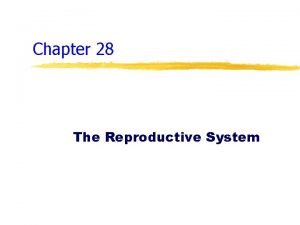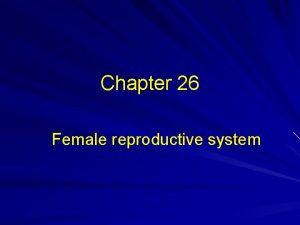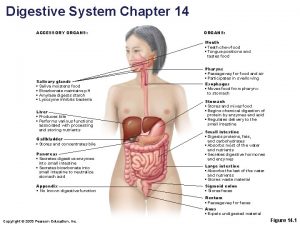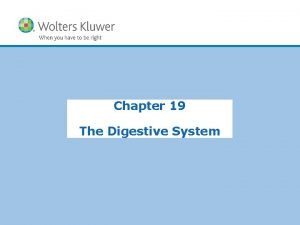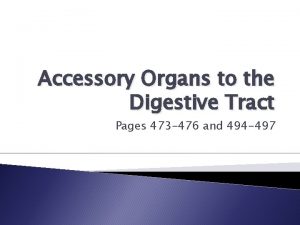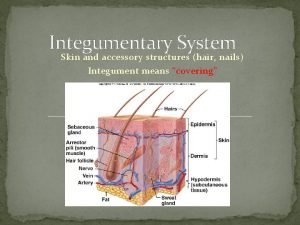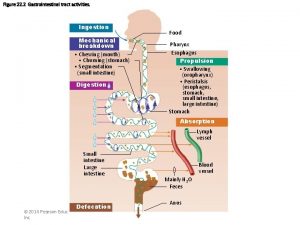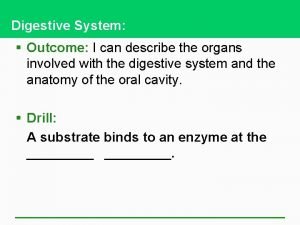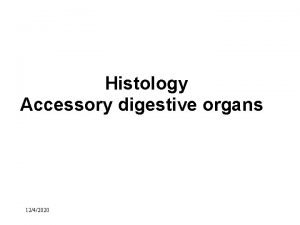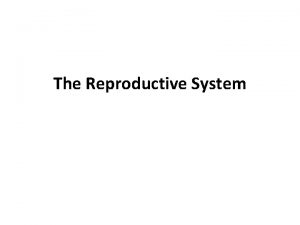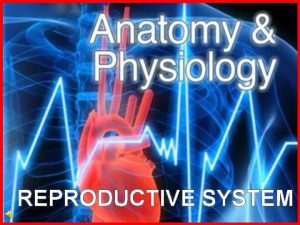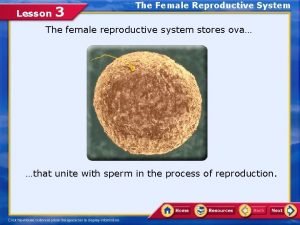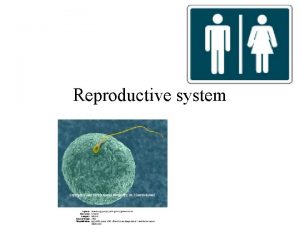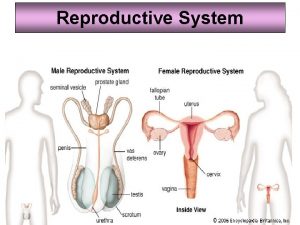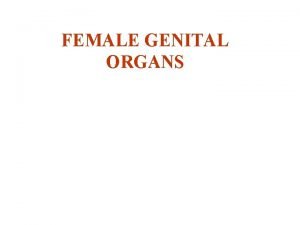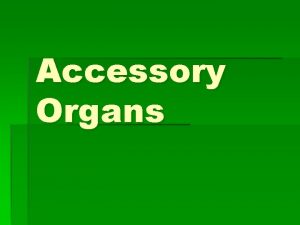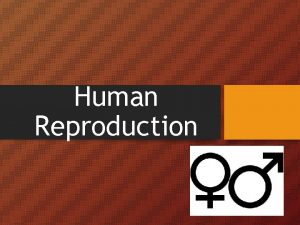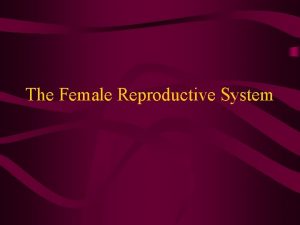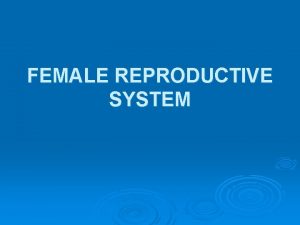Female Reproductive System Essential Accessory Organs Gonads ovaries















- Slides: 15

Female Reproductive System

Essential & Accessory Organs • Gonads - ovaries • Accessory Organs – Ducts - uterine tubes, uterus, vagina – Sex glands - bartholin’s and breasts – External genitals vulva

Ovaries • • Pair of them Uneven surface Weight: 3 g Attached to ligaments in pelvic cavity • Each side of uterus • 1 million ovarian follicles in baby girl

Follicle development • Each follicle contains an oocyte • By puberty 400, 000 develop into primary follicle • During lifetime, 350 - 500 will develop into mature follicles • These ovulate and release an ovum for pot’l fertilization - Graafian follicle


Primary follicle to Ovulation • Granulosa cell layer around oocyte increases • Forms hollow chamber (antrum) & secondary follicle is formed • Mature follicle (Graafian follicle) ruptures during ovulation • Remaining follicle is transformed into hormone secreting glandular structure (corpus luteum)

Oogenesis • Production of female sex cells via meiosis • Two meiotic divisions reduce chromosome number in half but cytoplasm is divided unequally b/t 4 cells • One large ovum & 3 small polar bodies

Estrogen and Progesterone • Granulosa cells around oocyte produce estrogen • Female sex characteristics • Stimulates growth of epithelial cells lining uterus • Initiates 1 st period • Secreted by Corpus luteum • Stimulated by pituitary gland to last for 11 days • Stimulates proliferation and vascularization of epithelial lining of uterus • Initiates menstrual cycle with estrogen

Reproductive Ducts • Uterine tubes (fallopian tubes or oviducts) serve as duct for ovaries • Uterus - small, but strong organ

Fallopian Tubes • Outer end has fringelike projections called fimbriae • Fimbriae produce wavelike movement to “catch” the ovum • Ovum travels toward uterus

Uterus • Size of a pear • Extremely strong • Holds baby during pregnancy • 2 parts - body & cervix • 3 layers - endometrium, myometrium, perimetrium • Functions in menstruation, pregnancy and labor

Vagina • Distensible tube about 10 cm long • Smooth muscle and lined with mucous membrane • Sperm enters on journey to reach ovum • Also called birth canal

Accessory and supportive sex glands • Bartholin’s glands secretes mucuslike fluid to genetalia • Breast - lie over pectoral muscles • 15 -20 lobes that contain milk-secreting glandular cells

Menstrual Cycle • Days 1 - 5 - Menses (menstrual) period - small patches of dead cells of uterine lining slough off, leaving torn blood vessels • Days 6 - 13 Proliferative phase - epithelial cells reproduce, repairing uterine lining • Day 14 - Ovulation - ovum is released from ovary and moves into fallopian tube for possible fertiliaztion • Days 15 - 28 - Secretory phase - uterine lining prepares for pregnancy by growing thicker, secreting, more blood supply. On last day, blood supply goes down, causing cells to die.

 Ovarian structures
Ovarian structures Mucous membrane reproductive system
Mucous membrane reproductive system Female reproductive organs sagittal section
Female reproductive organs sagittal section Function of the organs in the digestive system
Function of the organs in the digestive system Accessory organs of the digestive system
Accessory organs of the digestive system Digestive accessory organs
Digestive accessory organs Figure of female reproductive system
Figure of female reproductive system Integumentary accessory organs
Integumentary accessory organs Diagram of peristalsis
Diagram of peristalsis Accessory digestive organs
Accessory digestive organs Hemopoeisis
Hemopoeisis Female testes
Female testes Fetus reproductive system
Fetus reproductive system Epilization
Epilization Female and male reproductive system
Female and male reproductive system Lesson 3 the female reproductive system
Lesson 3 the female reproductive system

